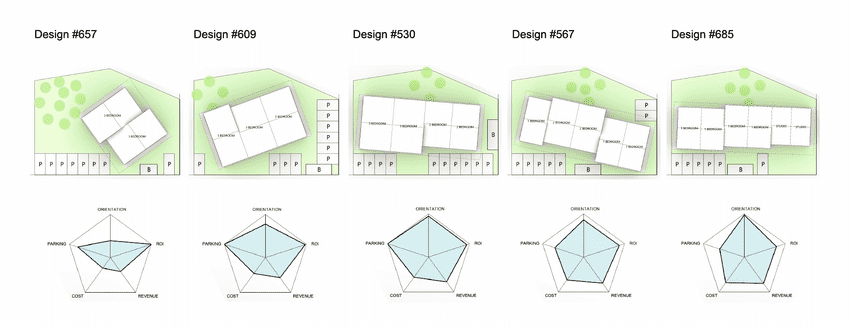
Rental House Configurator
A design configurator built using custom Python functions developed inside of a Rhino Grasshopper model. The configurator was created for Japanese construction and development company Daiwa House, one of the largest single and multi-family home builders in the country.
Market demand
Though Daiwa House is Japan’s third largest general contractor by scale, it is by far the largest in terms of yearly revenue. The company has been able to achieve this success by diversifying its business away from general construction to smaller scale but higher volume businesses in modular single family home and multi-family rental home construction. The rental home case is particularly interesting because it is a speculative business, meaning that customers don’t come directly to Daiwa House asking to build them a building.
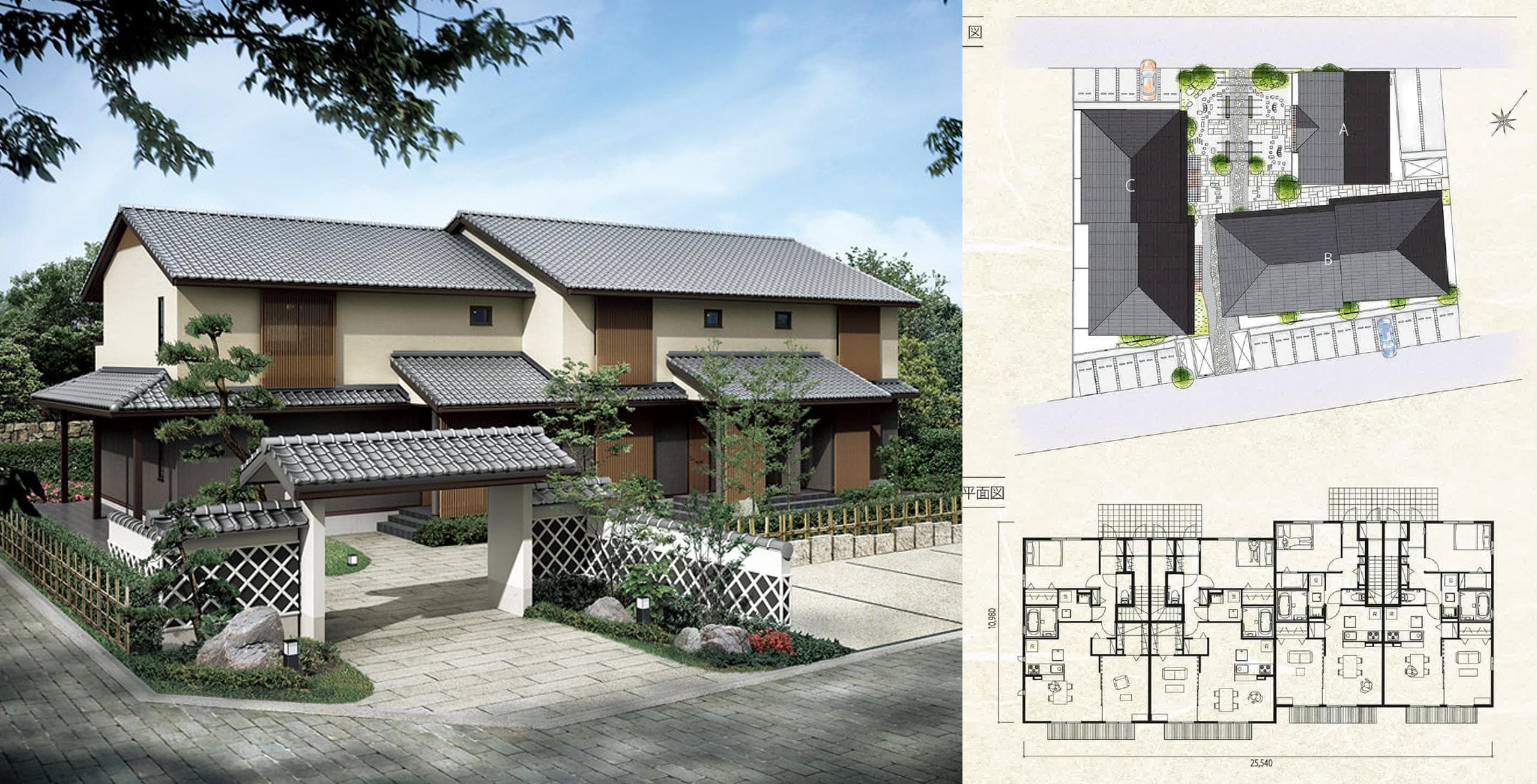
Instead, they have a sales team which finds vacant lots, and pitches to their owners that if they build an apartment building on the site and rent out the units, they can make money from the land instead of wasting it on property taxes. In order to understand the financials behind a project the buildings have to be designed to a pretty detailed level, and must also comply with a complex set of zoning and building codes.
This all takes time, which limits the number of proposals the sales team can make. And because this is a speculative process, many owners do not agree to the final proposal even after the work’s been done. We proposed an automated tool which can suggest various building schemes for a given lot while ensuring that each design is fully code compliant. This would allow Daiwa House to grow their business by increasing both the quantity of proposals generated, as well as the quality of those proposals.
Automating design
Our tool works with Daiwa House’s existing catalog of prefabricated modules, and recombines them in different ways subject to a set of design standards. As the system generates different designs, it also analyzes them in terms of their financials and checks compliance. Designs which break code rules get thrown out, while those which are compliant are explored further to find the options which reduce construction costs while maximizing revenue from the development.
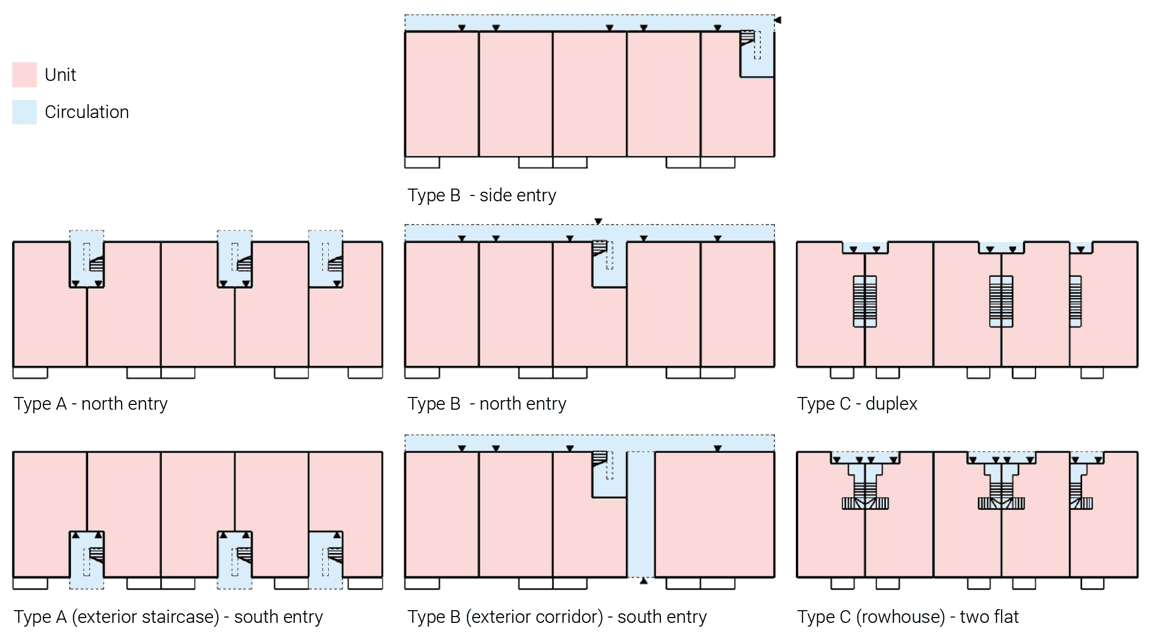
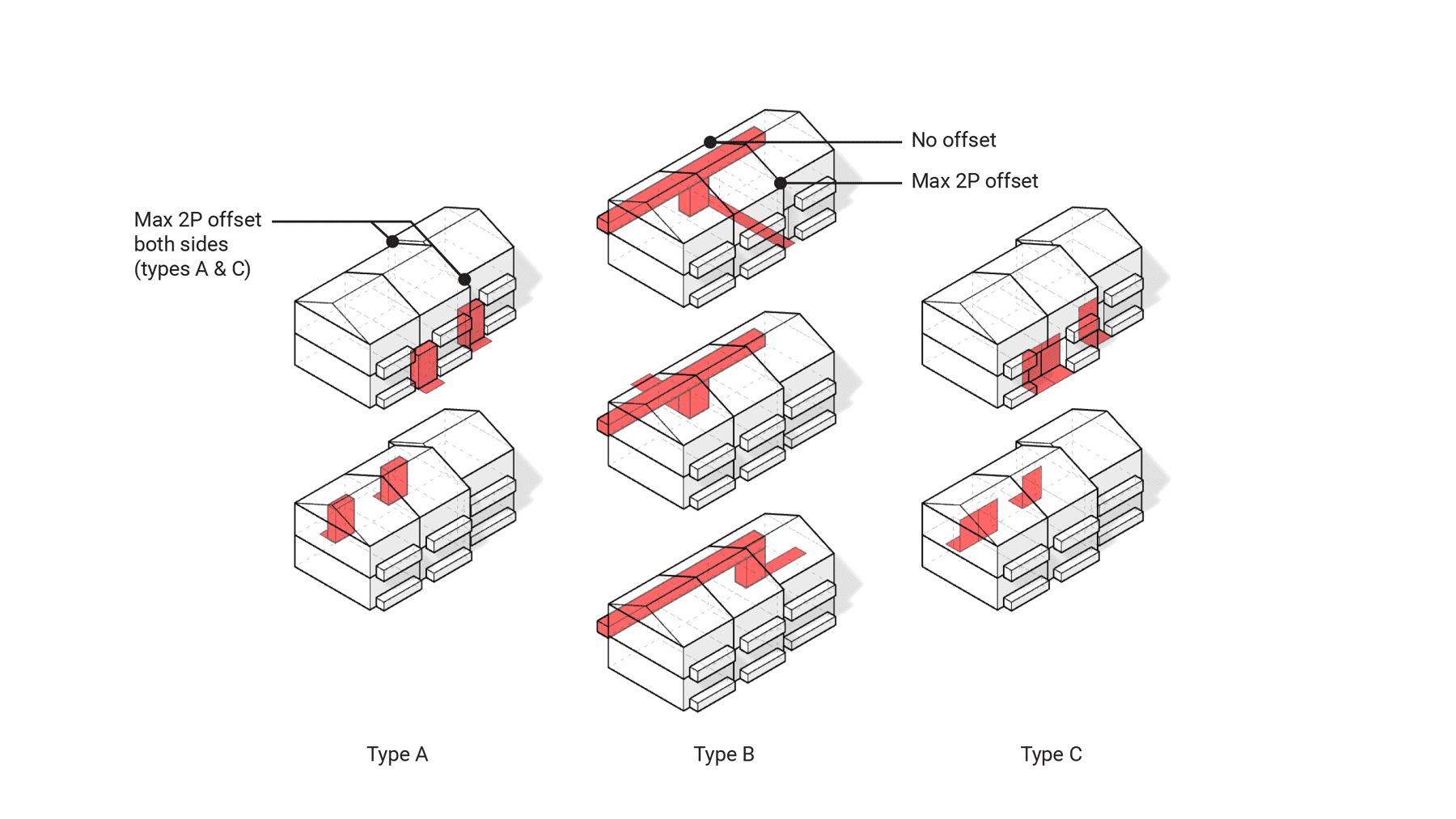
Fig. 1, 2 - Diagrams showing existing Daiwa House Rental Home typologies
Since these goals are competing, the system does not produce a single proposal but a range of options which navigate the tradeoff between cost and revenue. This gives the property owners more insight into the options available for their site, and allows them to make a more informed choice. Automation is a touchy subject, and it tends to raise fears among people who like their jobs and don’t want them to be taken away by a machine.
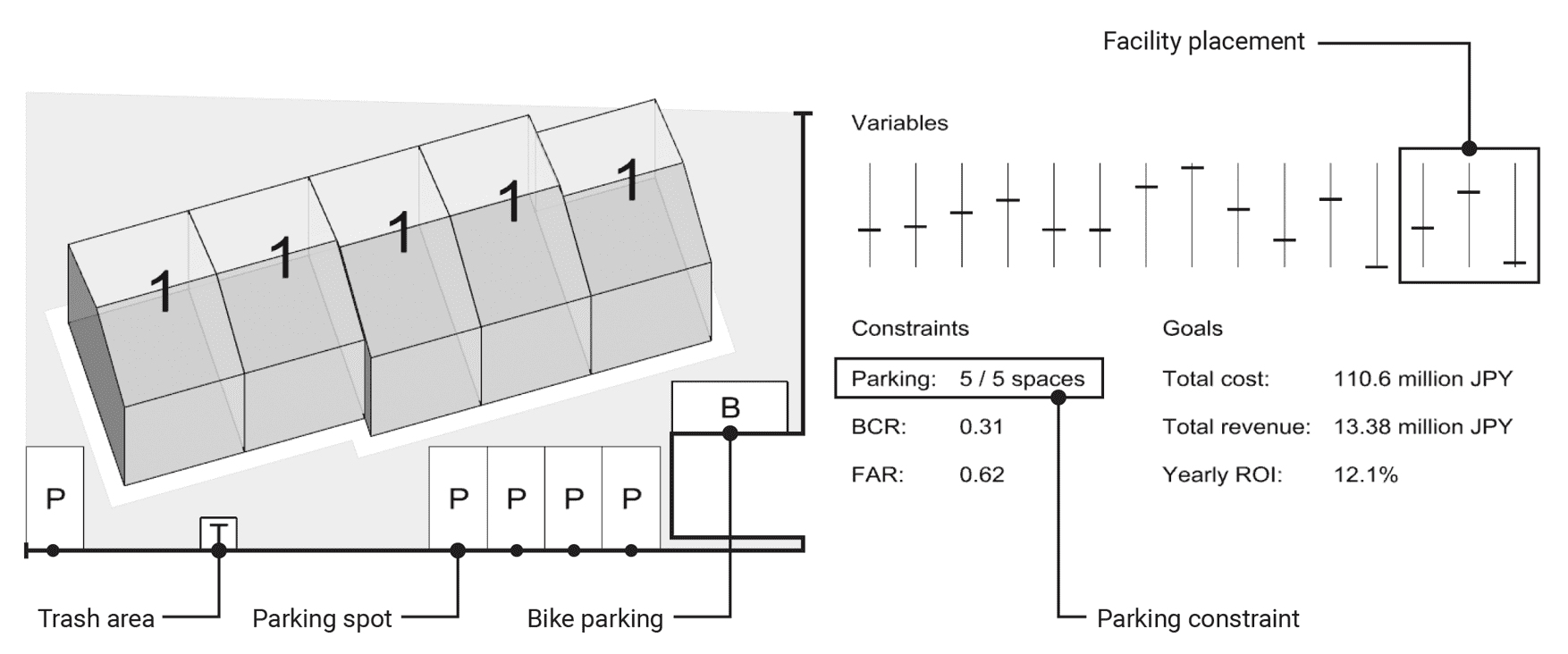
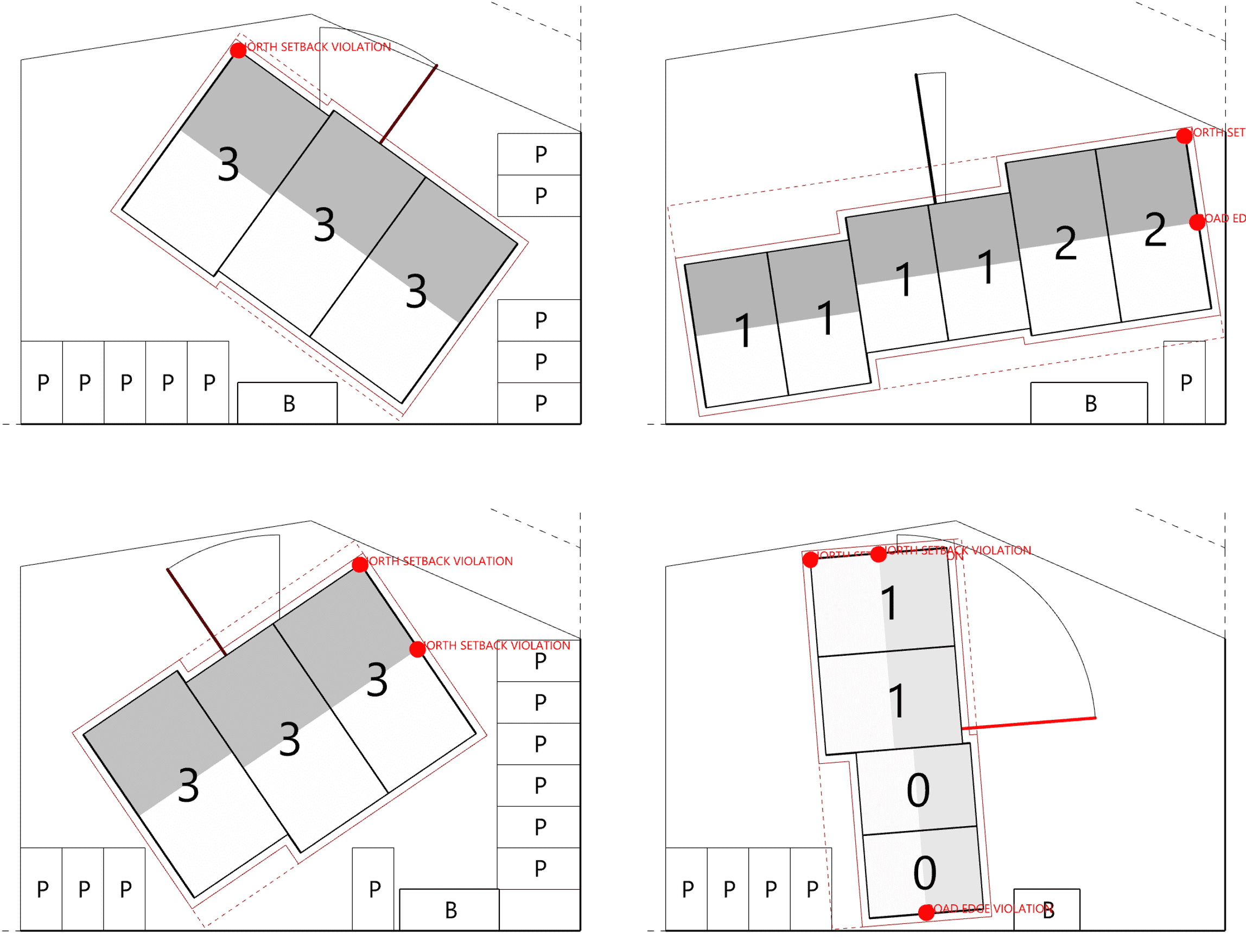

Fig. 3, 4, 5 - Sample outputs from configurator including placing of site elements (top), checking for zoning constrains and building orientation (middle) and minimizing cast shadows (bottom)
However, this project shows that usually the things that we are able to automate are not the things which humans like to do, or should like to do anyway. In this case, the work we automated was not done by designers but by trained sales people. Automating the spatial planning part of their jobs gives them more time to focus on their customer and the more human aspects of their job. Meanwhile, the designers in the company save time checking code compliance, and can use that time to design new modules, develop new materials, and do the things which really take advantage of their human creativity.

Fig. 6 - Scatter plot showing all options explored from one optimization run. Each circle represents a possible option with larger redder circles representing more profitable options. Clusters can be seen forming according to the number of units each option was able to place.